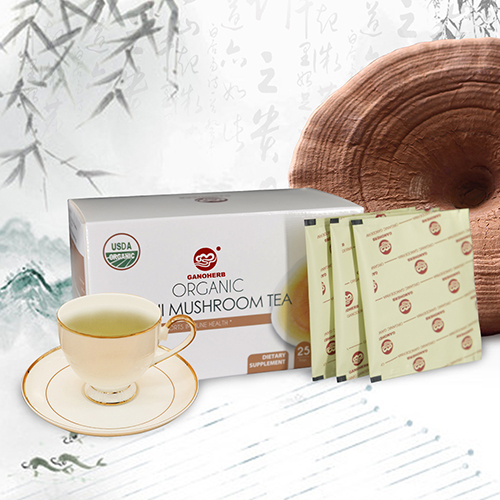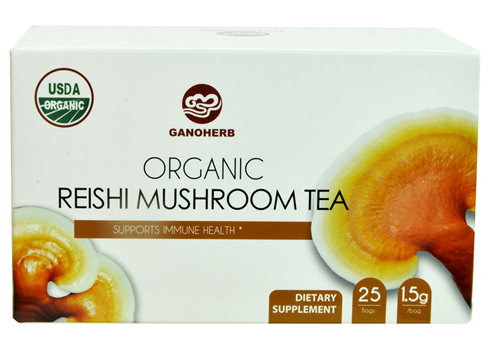First, the planting mode. In mid-February, watermelon seedlings were planted in greenhouses and transplanted around March 25th. 600-700 plants were planted per acre. Peanuts are sown in early May. Peanuts are sown with fresh radish after harvest, and they are listed before and after the Spring Festival. The radish is harvested after the spinach is harvested. The spinach is marketed before and after the Spring Festival. After the harvest, the spinach is ploughed and the fields are thawed and cultivated so that the watermelons can be transplanted around March 25 and the intercropping can be done in the following year. Second, cultivation points 1, watermelon. Select early-maturing, high-yield, high-quality watermelon varieties, such as Spring Garden, Jingkang No. 2, Su Mi, etc., using the greenhouse nutrition seedlings. A few days before planting, 3,000 kg of composted organic fertilizer and 70-100 kg of ternary compound fertilizer with 25% content of potassium sulfate were applied per mu. Site preparation after planting. Artificial pollination occurs when the long vines bloom. When sitting on a melon egg size, 20-50 kilograms of compound fertilizer is applied per acre, combined with the application of fertilizers to prevent insects and diseases, and the soil is watered when dry. 2, peanuts. In order to prevent the underground pests, phoxim and other drugs can be used for seed dressing in the ratio of water: species = 1:20:800. In addition, in order to prevent birds and animals from damaging the seeds, seed oil can be used in 0.1-0.2% kerosene dressings. Peanuts are often used in sowing. Two seeds were planted in each hole, 11,000 holes were planted per acre, and the cover soil was 5 cm thick. When the height of the peanut plant is 30 cm, it is necessary to control the growth of the Wangtian block. The prevention and control of aphids in the early stage, prevention and control of yellowing disease, leaf spot disease, rust disease, cotton bollworm and pupa in the middle and later stages. Note that high residual pesticides such as methamidophos cannot be used in the middle and late stages to ensure that the quality of fresh fruits is good. 3, radish. After the harvest of flowers, 2000 kg per hectare of composted soil and 50-70 kg of sulphate-type ternary compound fertilizer were applied, and then the seedlings were rotted. Radish varieties can be eaten raw fruit or vegetable, and can also be processed and pickled. About 25,000 plants per mu, after planting, about 2 cm thick cover soil, seedlings after emergence and time to ensure that the seedlings Qi seedlings. If there is a shortage of lyrics in the field, it must be watered in time so as not to cause "deterrence". Reasonably top-dressing in stages, can be applied in the early stage, and can be applied in the middle stage or in the ditch, supplement nitrogen fertilizer, and apply some potassium fertilizer appropriately. In the early stage, it mainly controlled locusts and cabbage caterpillars, and potassium dihydrogen phosphate was sprayed in the middle and later stages to accelerate pulp root swelling. The main diseases are soft rot, black spot, etc., focusing on prevention. 4, spinach. After the radish is harvested, the land is ploughed and the top of the ground is decomposed organic fertilizer. 50 kg of compound fertilizer and 10 kg of ammonium bicarbonate are spread per acre. Use cold and fertilizer-resistant varieties.
Ganoderma
tea (Reishi Mushroom Tea/ Lingzhi Tea) is made of 100% USDA certified organic
Ganoderma Lucidum. The Ganoderma Lucidum ingredient used for this product comes
from our self-built organic Ganoderma farm located in Mt. Wuyi, Fujian, one of
the largest Ganoderma origins in China. The
whole cultivation process strictly follows the organic standards without any use
of pesticide, herbicide, and chemical fertilizer to ensure its highest quality
and efficacy.

This
organic Ganoderma Tea is very convenient to carry and make. Each box has 25
individually packaged tea bags. Just open
the sachet, put the tea bag in a cup and add hot water, a cup of warm and delicious
Ganoderma tea will be ready for you in just 1-2 minutes.

This
product has a unique mushroom flavor and a mellow sweet aftertaste. Different from other Herbal Tea on the market,
Ganoderma tea has many health benefits, such as enhancing overall immunity,
relieving stress, improving sleep quality and reducing allergy. It is gluten free, lactose free, and no additives or
preservatives whatsoever, therefore it Is suitable for all people especially
for people with low immunity or high stress.
Ganoderma Tea
Ganoderma Tea,Reishi Tea,Reishi Mushroom Tea,Herbal Tea,Ganoderma Lucidum Tea,Lingzhi Tea
Ganoherb International Inc. , http://www.ganoherb.us

